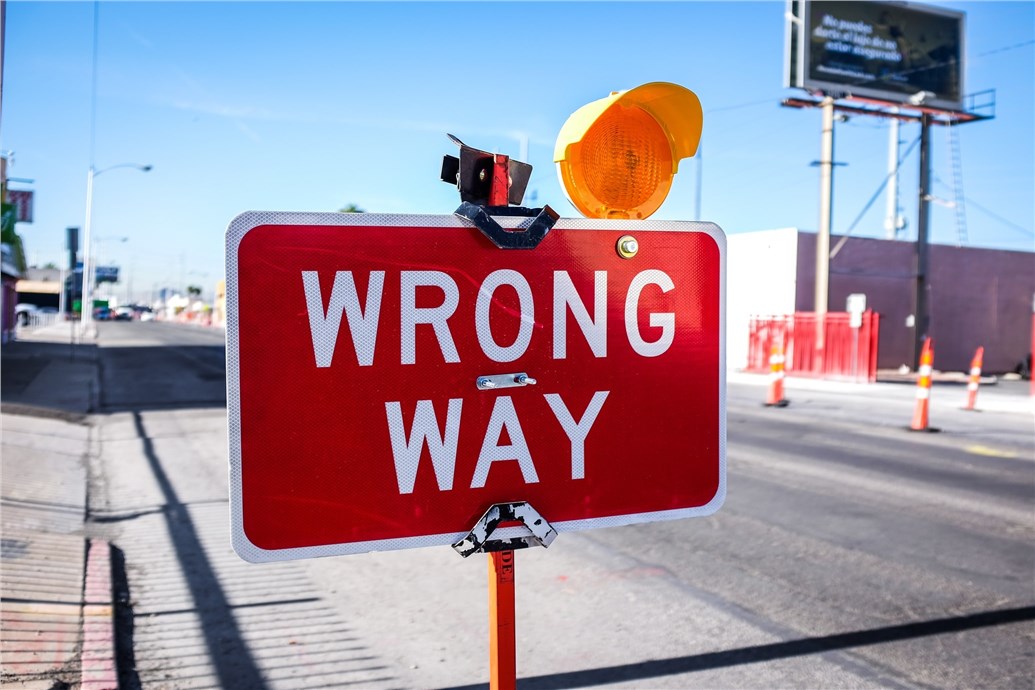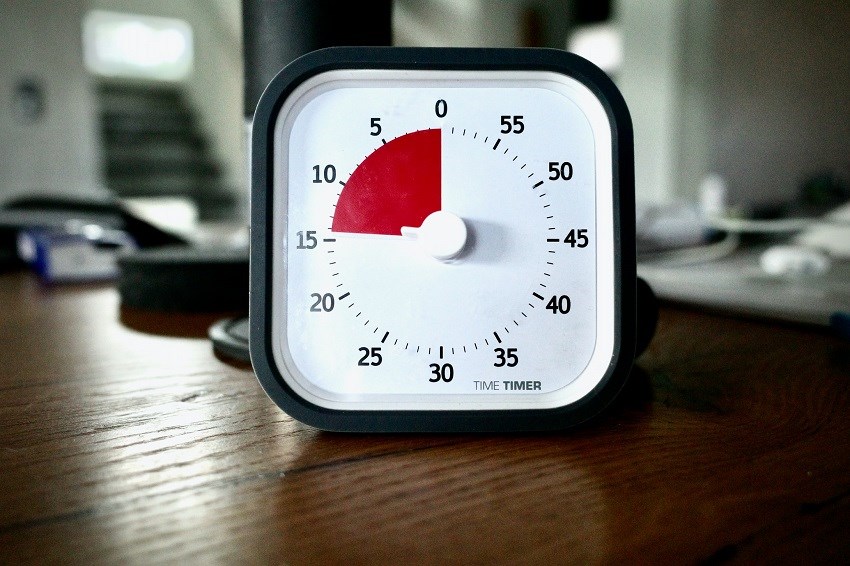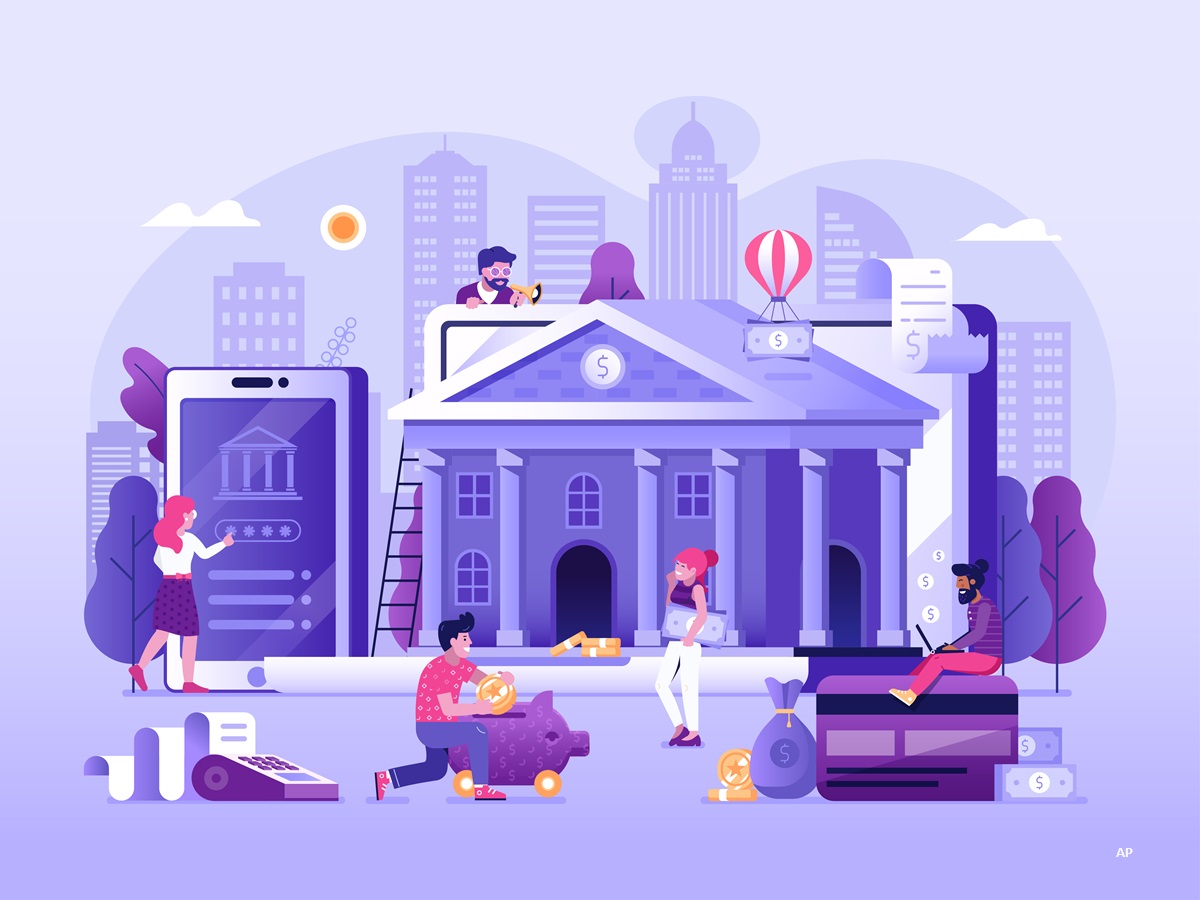
We take on debt for many reasons. We get laid off or are unable to work, or we get unexpected or unplanned expenses or sometimes inflation has us using our credit cards more than we like. And some of us may just have decided to take advantage of low interest rates by investing with borrowed money.
No matter what your situation, if you’ve accumulated debt, you need to manage it - and to know when it’s too much. A financial planner can help you look at the big picture – what you owe, what you earn and own, and what needs to change – but you can take some steps now to assess the situation and head in the right direction.
“When looking at debt there are a few factors to look at seriously,” says Jackie Porter, Financial Planner at Carte Wealth Management. “Number 1 is how much consumer debt are you carrying? Think of consumer debt as what it’s costing you to finance consumer goods like clothes, cars electronics and other depreciating assets. Typically the average person is carrying consumer debt on credit cards with double-digit interest rates.”
Bad Debt vs. Good Debt
“Consumer debt for money borrowed to buy stuff is probably the worst kind of debt you can incur,” agrees Jason Heath, Financial Planner at Objective Financial Partners, adding “Credit card and high interest rate debt can be really debilitating.”
If you have any lingering credit card debt, put a big target on it, and pay it off as quickly as you can. “My philosophy is any amount of credit card debt is too much,” says Porter. “Double-digit financing rates mean it will take a very long time to own something that will only go down in value. This strategy is a surefire way to diminish the opportunity to create a net worth for yourself.”
Lingering credit card debt is a good example of what’s often called ‘bad debt’. And even if it’s used to buy something good, it’s one of the most expensive ways to go about doing it. Not good. What about cheap debt? Well, it depends on what it’s for. And that brings us to ‘good debt’.
Is the Debt Offset?
“Good debt’s an investment that appreciates in value. People tend to finance homes based on this principle,” says Porter.
When assessing your good debt, keep in mind factors that can change the math on how much debt you can or should take on. Capital appreciation, income streams and even taxes can make a difference. Heath points how interest on many ‘good’ debt items can be tax-deductible, “Examples include debt used to buy a rental property, used for business purposes, or borrowed to buy eligible non-registered investments.”
Some good debts and investments that you need to borrow for, however, may have returns that are harder to measure and predict, such as education. “Ultimately though, even a good debt can be bad if you cannot afford to service the debt or if the use of the funds is not a good one in the long run,” says Heath.
Recognize the Warning Signs
To recap, any amount of bad debt is too much, and the amount of good debt should be manageable. So how do you know what’s manageable?
Good debt should be sized according to your needs and opportunities. But how do you size an impulse purchase? “The worst reason to borrow is to finance your wants,” says Porter, “This debt can create a vicious cycle that keeps you in debt for many years to come.” That’s how good debt becomes bad debt.
Start by shrinking the burden as much as possible on debt you’ve taken on (or plan to take on), to get a more accurate picture. After all, interest rates are a big part of the math here.
“If you need to borrow, shop around for the lowest interest rate you can find,” says Porter, “Remember you don’t own the thing you are borrowing to finance yet. The more interest you pay the longer it will take before you own it and the more it will cost you. With interest rates at all-time lows, now is a great time to consolidate your debts to a low interest loan, or line of credit. Now is the time to look into refinancing your mortgage as well.”
Magic Numbers
Speaking of mortgages, perhaps they have some clues as to how much debt you can handle. A home purchase is a big one and engages others who help scrutinize your financial situation at that time. It isn’t what we’d consider a ‘magic number’ but involves a very important factor in your debt capacity calculation: income.
Between 39% and 44% of your income, our planners identified, at most, should go towards housing costs. This is what the banks use, and they’re called gross debt service and total debt service ratios. “They also factor in monthly loan payments, credit card payments (assuming a 3% payment per month) and line of credit payments assuming you are paying the monthly interest,” adds Porter, “To calculate this number add up all of your costs listed here and multiply it by 100 then divide by your income. Or TDS = (Total shelter costs plus debt payments x 100/by gross income before taxes.)”
For owners and renters alike, the figure could be useful. “Hint: you should be taking their formula into consideration before applying for any debt yourself,” says Porter, “This may save you a lot of emotional and financial suffering if you think ahead when it comes to taking on debt.”
It’s important to crunch the numbers on how much debt you can handle at a given time, but these ratios aren’t perfect. You’ll need a strategy to truly know how much you can handle.
The Future, Goals and Interest Rate Hikes
To avoid things like spending that compromises other goals going forward, Heath suggests assessing what you’d like to achieve in the short and long run, either on your own or with a planner. This could help you identify elements of your lifestyle that you can capture in your calculations, from take-out meals to vacations to family plans.
Asides from your personal situation, keep an eye on the environment. Interest rates can be headwinds or tailwinds to the financing of your goals. “Always a good idea to consider what direction interest rates are going in,” says Porter. “Typically when the economy is doing well the chances of interest rates rising are very good. That means it may cost more to finance the items you may want to own in the future. On the other hand, if the economy has taken a hit, the odds of interest rates going down and it becoming cheaper to finance items are also very good.”
It’s tough to predict the direction of interest rates, however, “rates will rise eventually and cause debt to be more expensive in the future. So, there is a risk for anyone who is already squeezed now when rates are relatively low,” adds Heath, “The more debt you pay down when rates are low, the more you can reduce the principal upon which future interest will be calculated.”
Your debt strategy as it relates to interest rates could even entail the keeping of a certain amount of debt. “Debt repayment needs to be considered relative to other alternatives,” explains Heath, “Someone with a high tax bracket, healthy investment risk tolerance, or employer matching contributions on a pension plan or group RRSP might be better off investing than paying down their mortgage, for example.” If you’re in a position to leverage low interest rates, Porter adds, “Strike while the iron is hot to finance debt as cheaply as possible.”




















